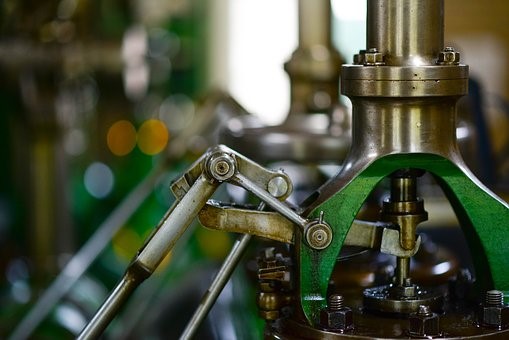Any person who does not have a background in engineering may not fully understand the nature and working principles of sensors. The purpose of this article is to help individuals see how sensors work and why these are important in today’s highly industrialised way of living.
Defining terminology used in sensing technology
Specific technical terms used in sensing technology can become confusing for someone who is not a technician. For example, a position sensor is also called a transmitter, encoder, or transducer. While there may be some technical differences, these terms are mostly pointing to the same thing.
It is also vital to distinguish sensors from switches. A specific type of switch is a proximity sensor which is not, by working principle a sensor. What a proximity switch does is determine how close or how far an object is.
There are also varying terms used to identify position sensors according to the type of displacement. A position sensor can be linear, rotary, or angular. Regardless of the kind of movement, sensors are all ‘position’ sensors.
Basic principles of position measurement
Theories used in instrumentation are essential in determining the right kind of position sensor for the intended application. Selecting the wrong type of sensor can lead to costly malfunction, repairs, and replacement. It is critical to define a few of the parameters used in selecting a position sensor:
- Accuracy measures the integrity of output.
- Resolution quantifies the smallest change in position a sensor can measure.
- Repeatability represents the accuracy of a position sensor.
- This parameter pertains to the difference in the sensor’s output versus the actual position.
These parameters have relationships that help in choosing the kind of sensor. For example, if a sensor is perfectly linear, it equates to perfect accuracy as well. Unfortunately, these parameters can also create some challenges. While you can say that an accurate sensor is ideal, it can also be expensive. In achieving high accuracy, installation needs a careful approach.
Identifying common types of position sensors
People apply position sensors in industrial and commercial processes. The range varies from high-end military equipment to low-cost everyday consumer devices. Here are the basic types of position sensors today:
- These days, the current trend is using non-contact sensors. Despite this, potentiometers remain popular. They are suitable for applications less likely to be exposed to vibration and harsh conditions. One downside of a potentiometer is its susceptibility to wear and tear due to friction.
- Optical sensors. These sensors are often called encoders. Optical sensors can be simple and inexpensive or high-precision and costly. Regardless of the cost, the working principle is the same.
- Magnetic position sensors. Magnetic sensors have an advantage over optical sensors when it comes to tolerance to foreign matter. However, magnetic sensors are not a popular choice for high-accuracy applications because of magnetic hysteresis.
There are other types of position sensors not discussed here including magnetostrictive, capacitive, and inductive position sensors. The latest technology of sensors or encoders has the same primary working mechanism but often uses non-contact technology to reinforce robustness for application in extreme working conditions.









